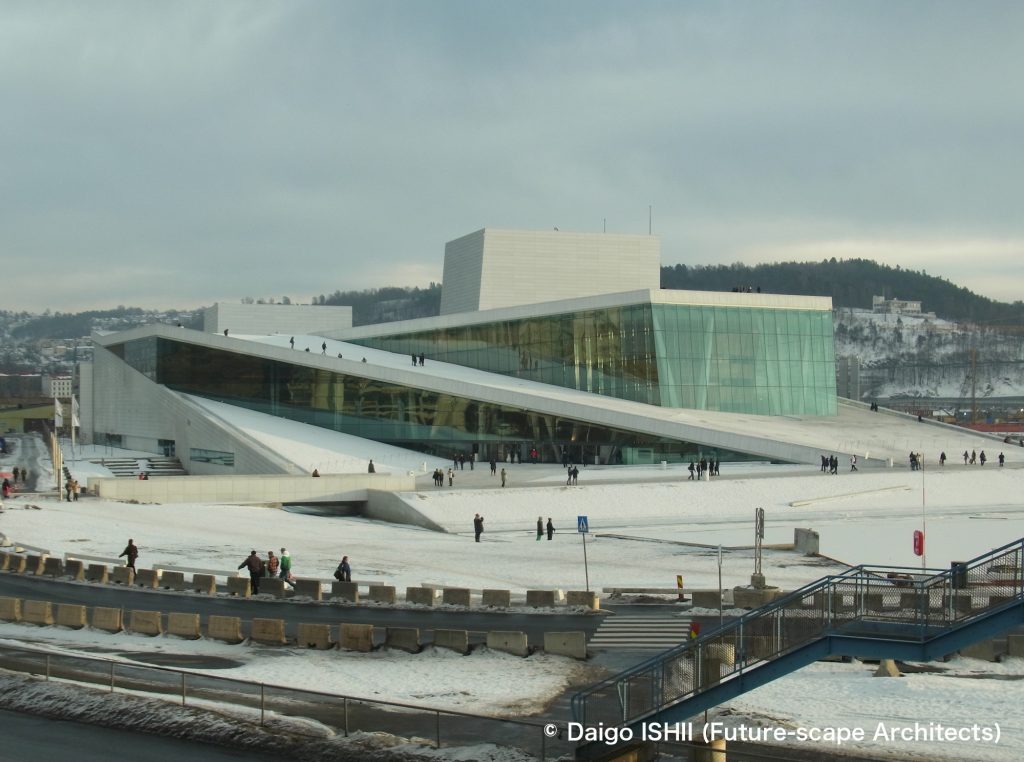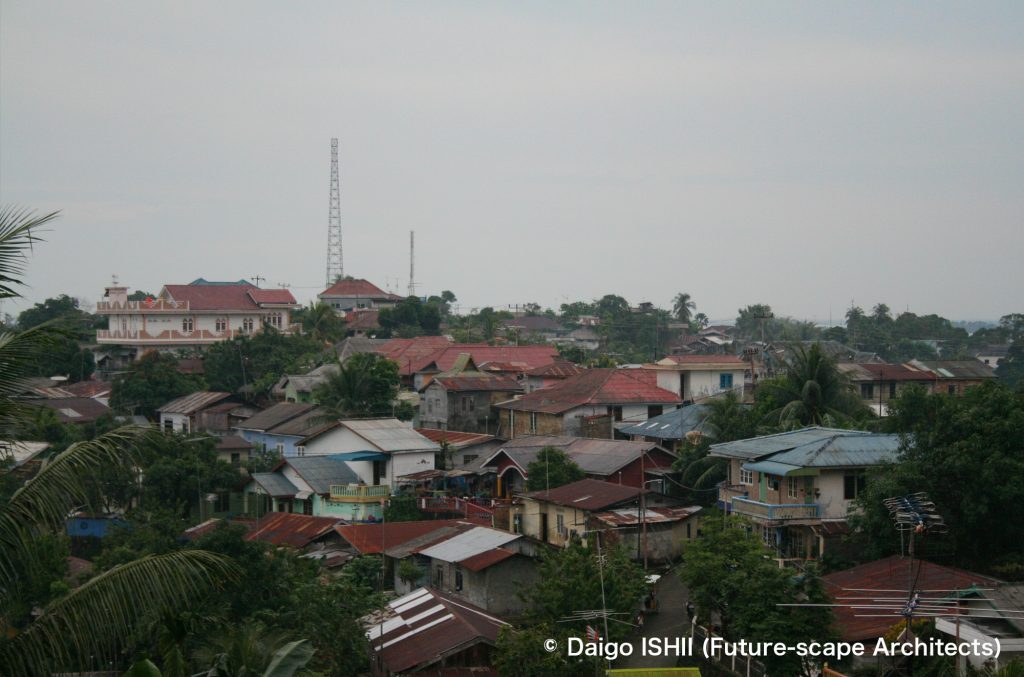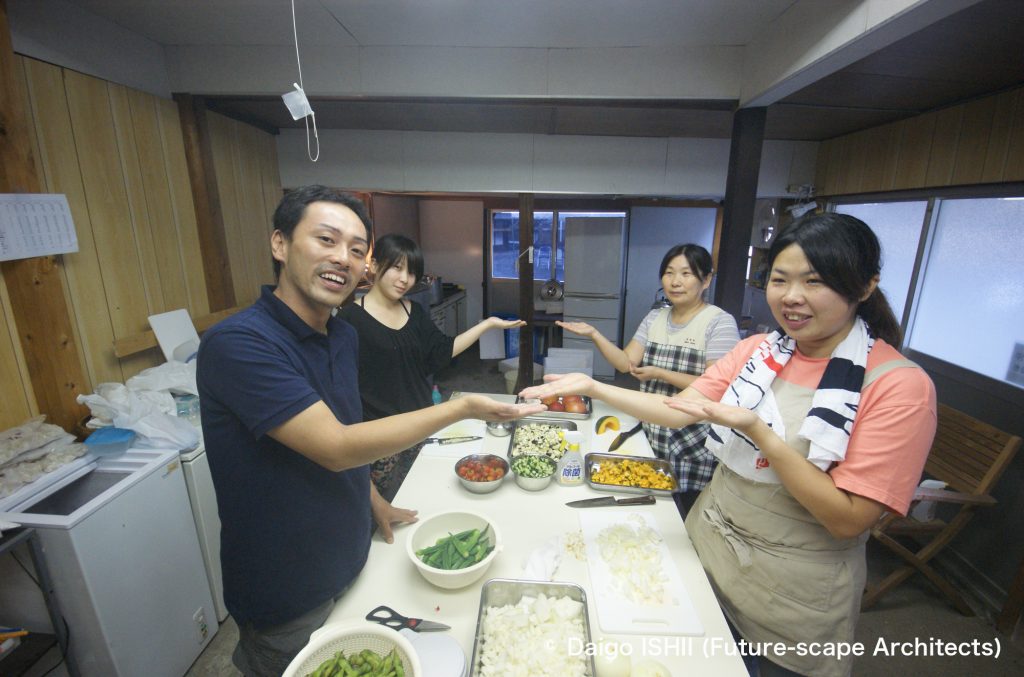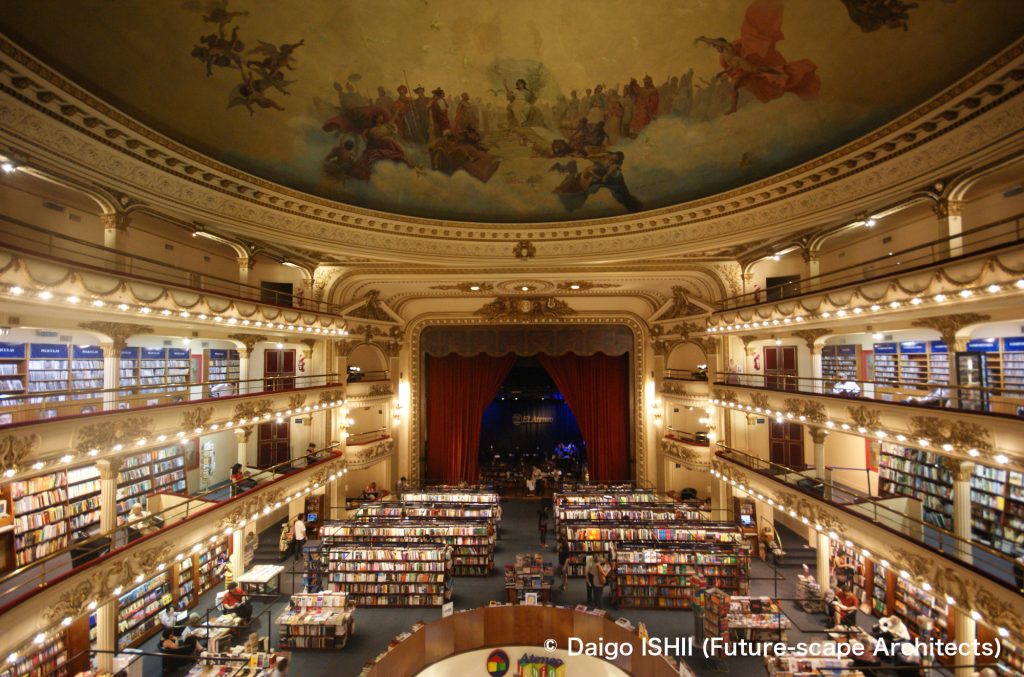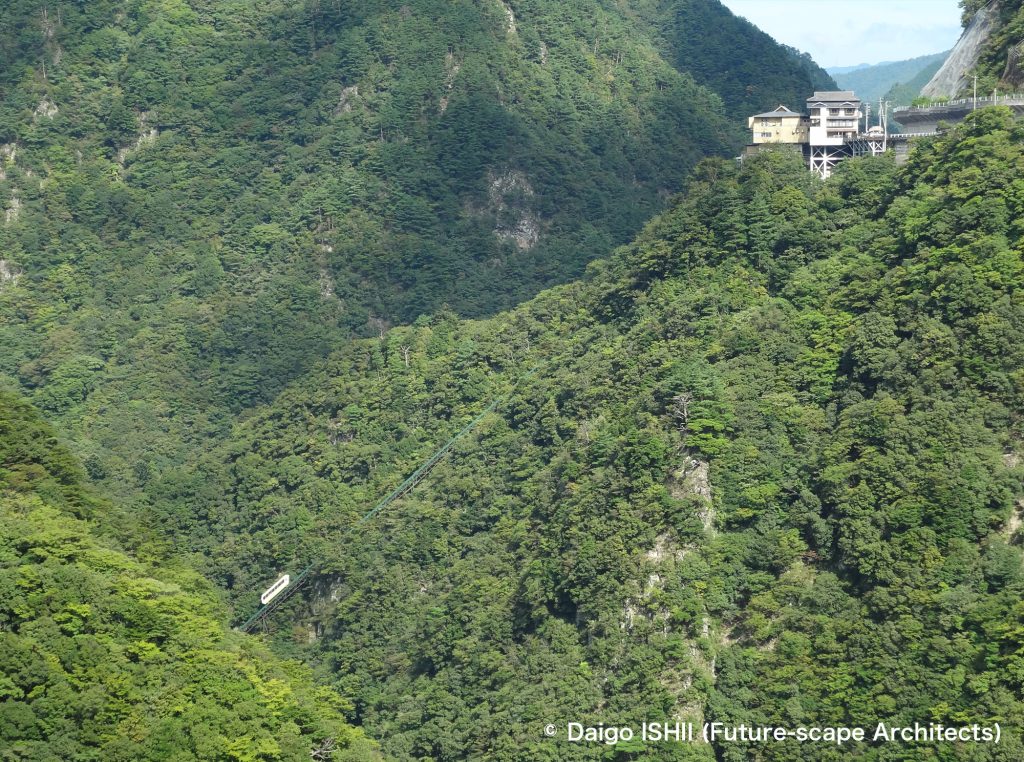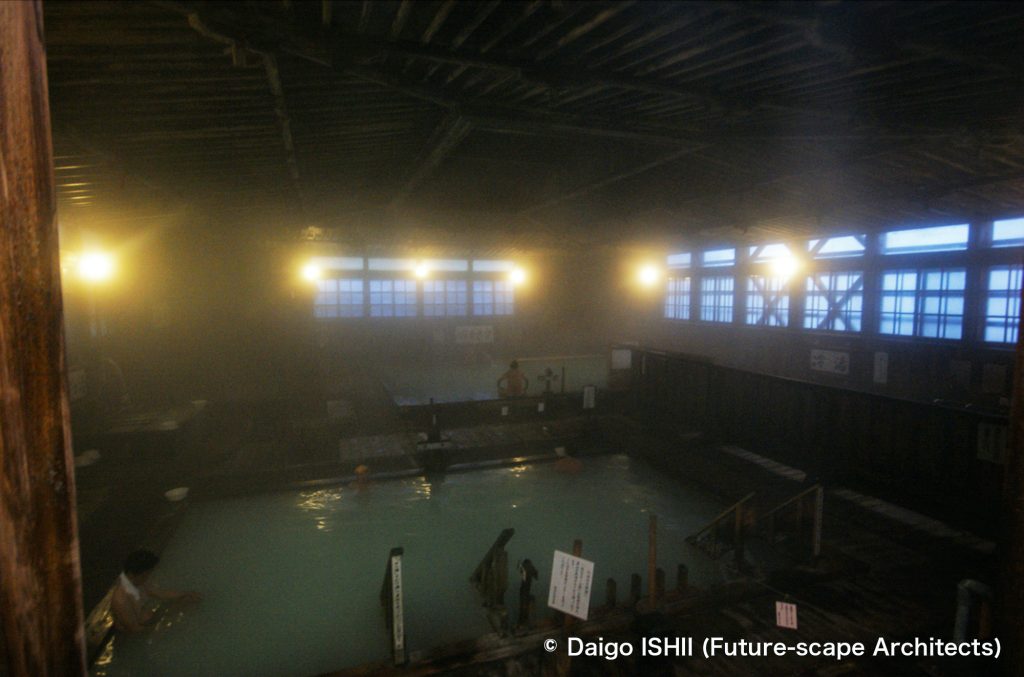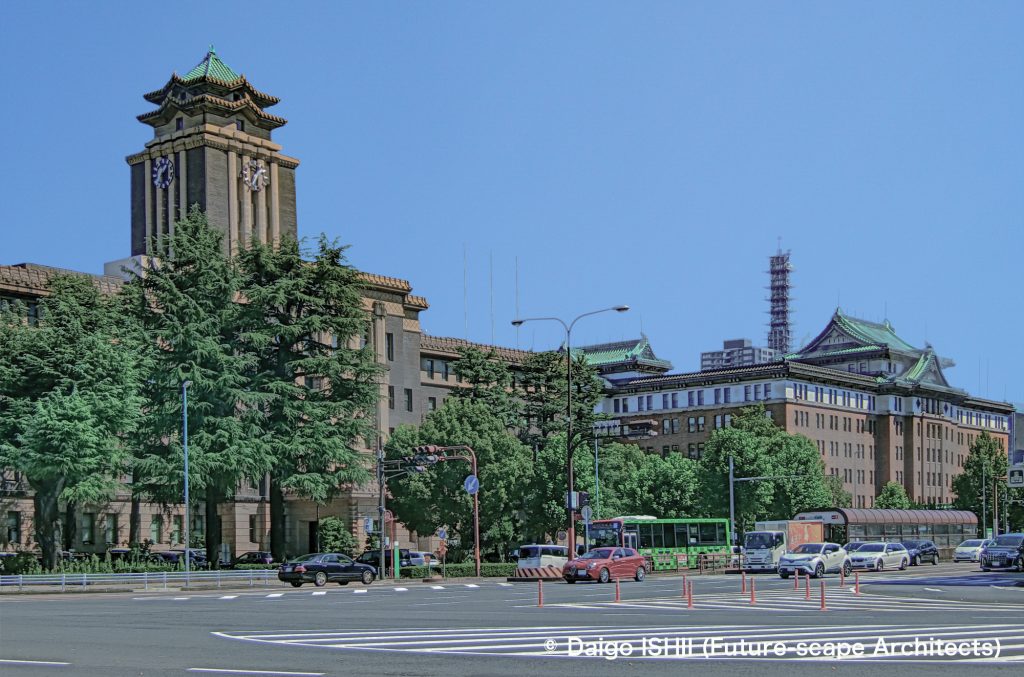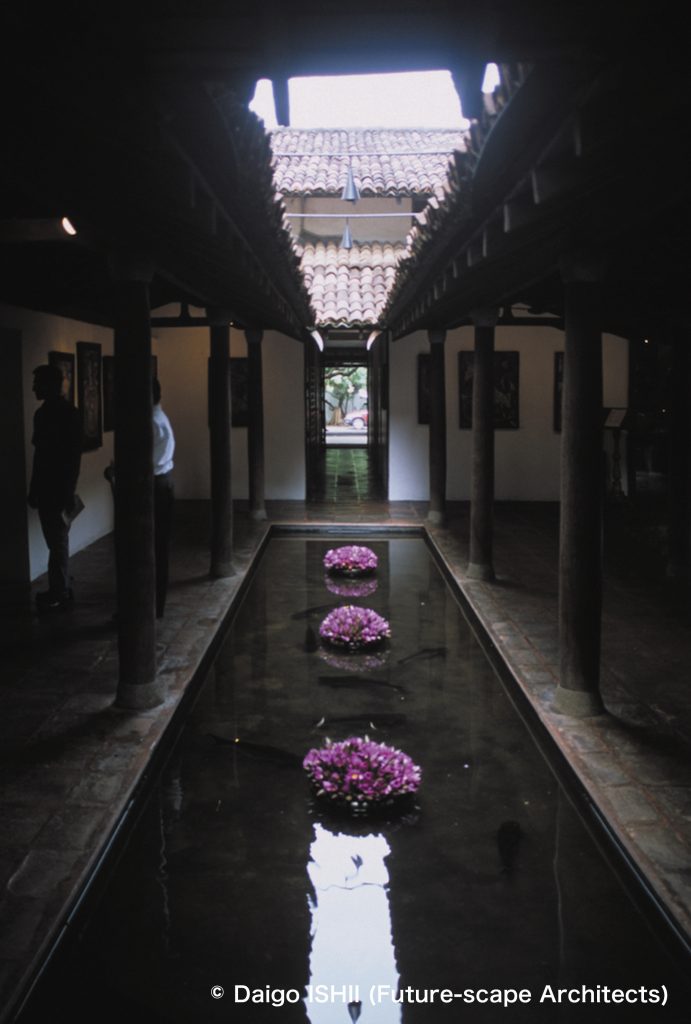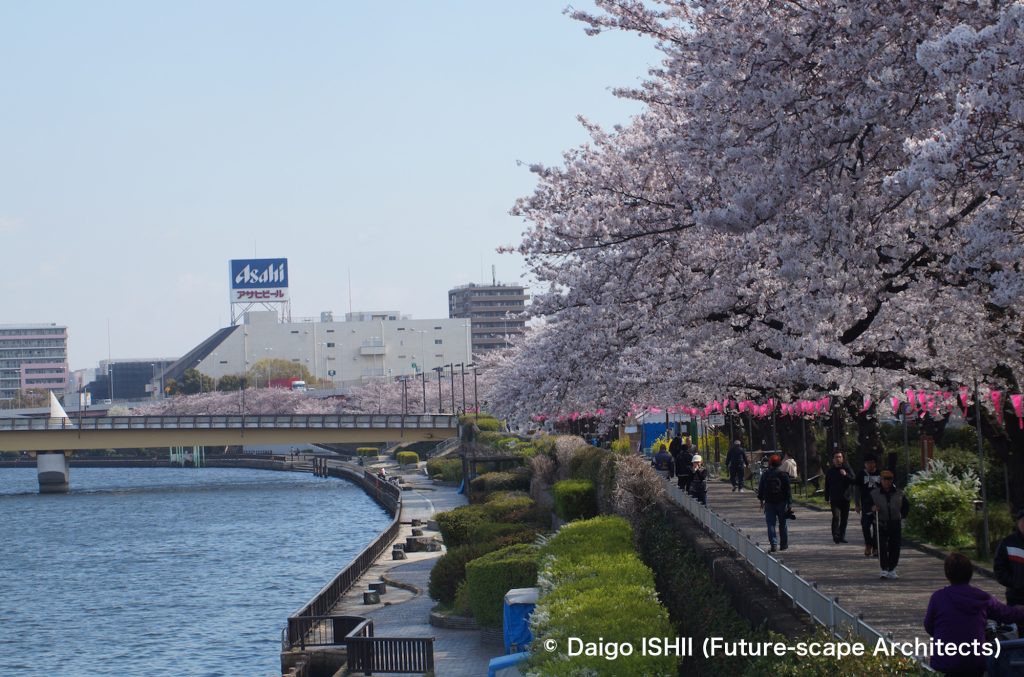The story about architectures in the Amazon river.
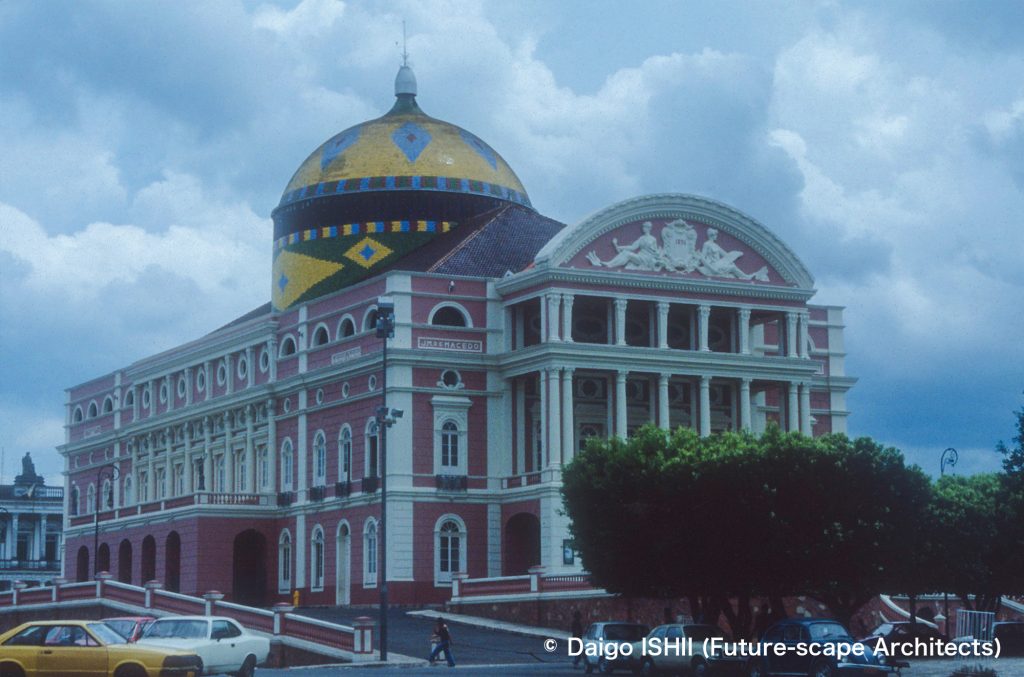
https://goo.gl/maps/3UStzrHptwcebnmx5
Belém and Manaus in Brazil, and Iquitos in Peru, were the centers of Amazon development. Colonial architecture concentrated most in these three cities among the riverside cities. The most Amazonian colonial architecture was the Amazonas Theater in Downtown Manaus. The neo-Renaissance architecture of European origin suddenly became exotic by a colorful tiled roof based on the colors of the Brazilian flag. Most of the structural and finishing materials were transported from Europe. Nonetheless, with the just difference of the roof, it had become Brazil. The movie "Fitzcarraldo," in which the protagonist built an opera house in the Amazon, was filmed upstream in Iquitos. The large towns depicted in the movies, where materials cannot be transported without crossing mountains, are not actually located along the Amazon River.
In the center of Iquitos, Peru, there were many colonial buildings which outer walls were covered with colorful tiles. It was the traditional style of Portuguese architecture. Iquitos, which was under Spanish rule, had no roads, so the Amazon river was the only means of transportation. The culture in Portuguese-ruled downstream reached as far as Iquitos. The cultural connection created by the river, which was different from political control, could be observed in the Amazon architecture. That was interesting.
The distance from the estuary city of Belem to Iquitos was 3,700 km, and the height difference in the water surface among both cities was 100 m. On the other hand, there was a considerable height difference between the downtown on the river terrace and the riverside. The scenery that spread out along the riverside of Iquitos was absolutely different from the downtown and was close to the original landscape of the Amazon. There were rows of houses with thatched roofs on stilts, in consideration of seasonal changes in water level. In the Amazon River, the difference in architecture generated by the height difference within the town seemed to be greater than the difference generated by the distance of 3,700 kilometers.
Houses on boats and rafts were scattered along the riverside of Careiro on the opposite bank of Manaus. Those changed the height like an elevator according to the seasonal changes in water level. Architecture with the possibility of going up and down between the riverside and the river terrace appeared.
Amazonas Theater in Manaus
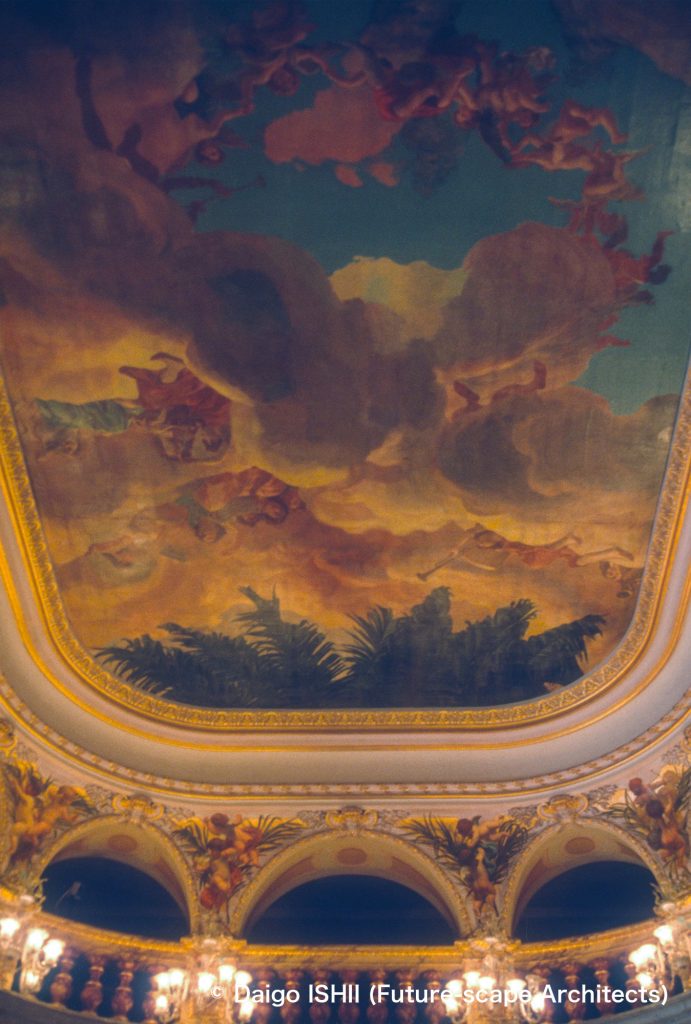
https://goo.gl/maps/3UStzrHptwcebnmx5
Colonial architecture in Iquitos
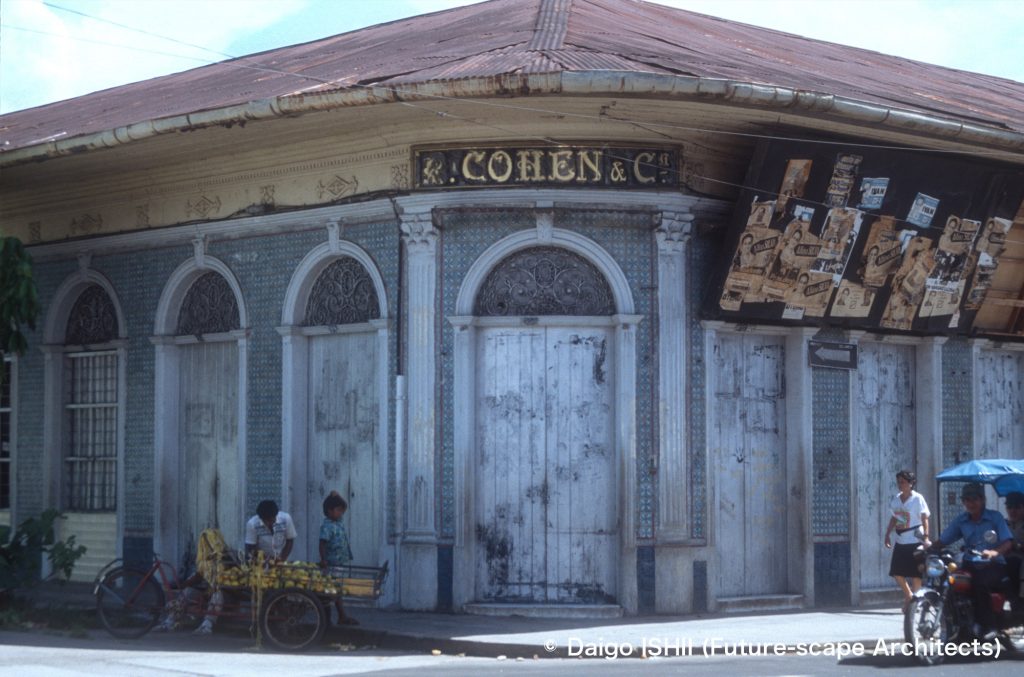
https://goo.gl/maps/nXf3YPDpmFk5dekm8
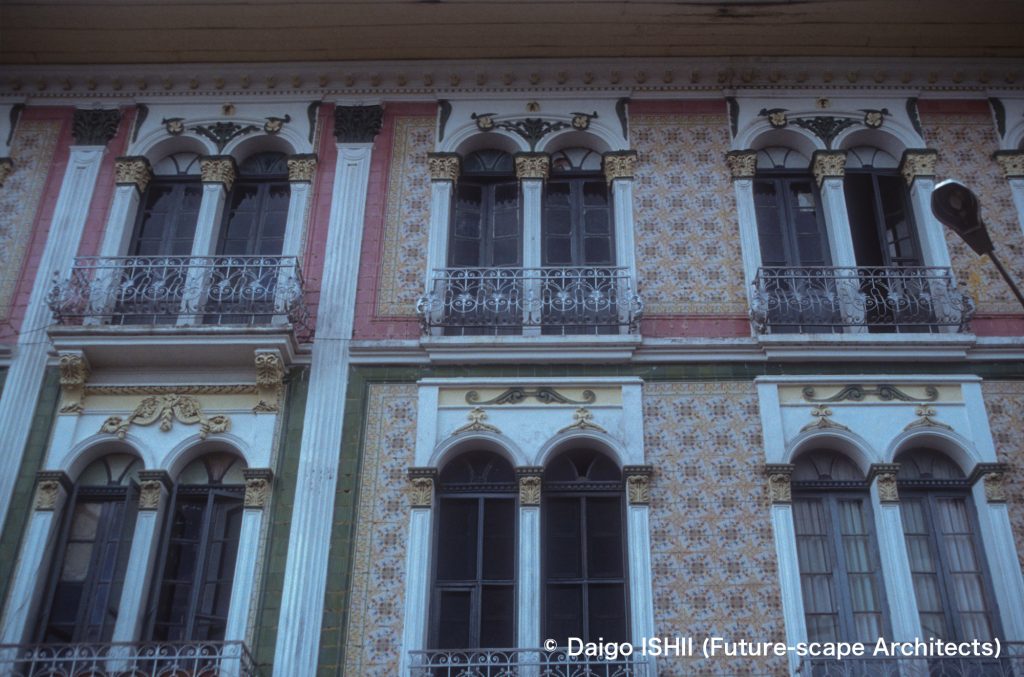
https://goo.gl/maps/nXf3YPDpmFk5dekm8
Adolfo Lisboa Market in Manaus
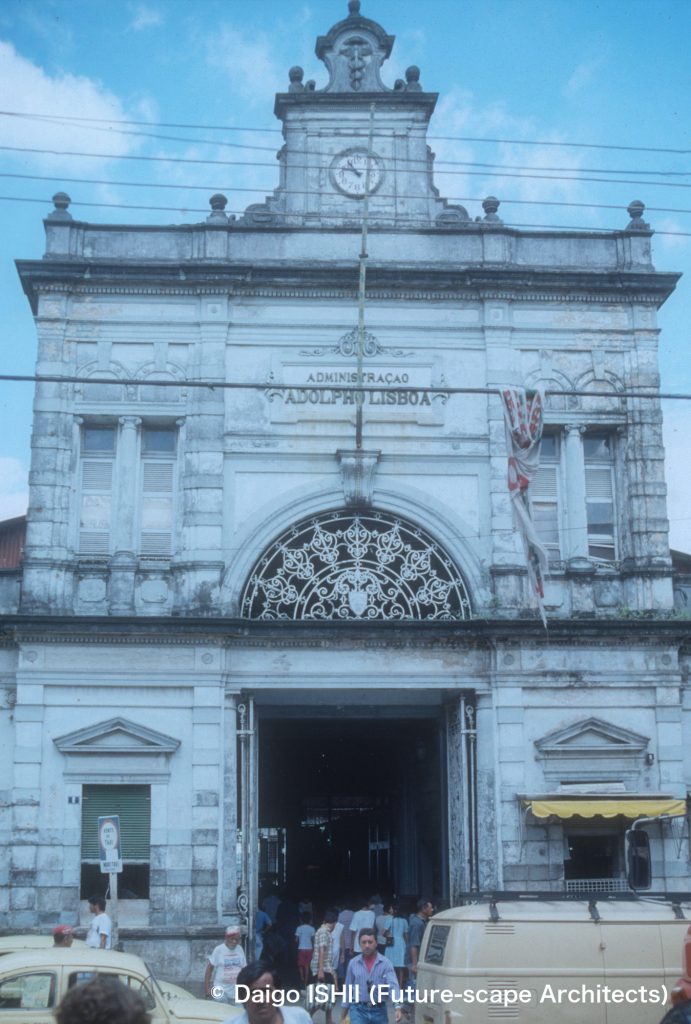
https://goo.gl/maps/B8jLU1k8FjCorrQZ9
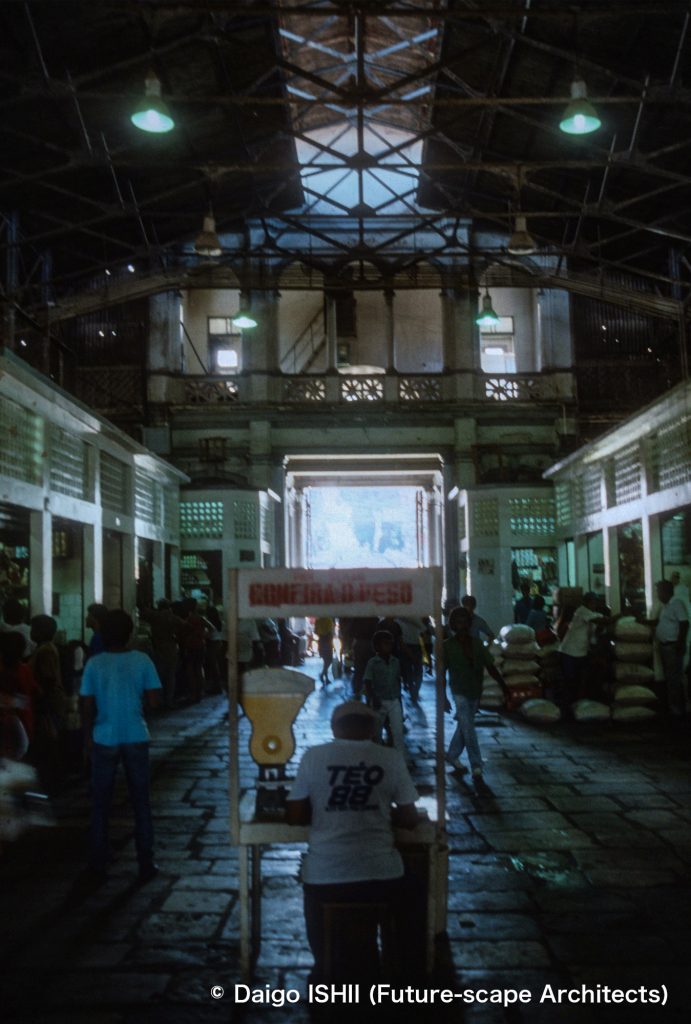
https://goo.gl/maps/B8jLU1k8FjCorrQZ9
Waterfront in Manaus
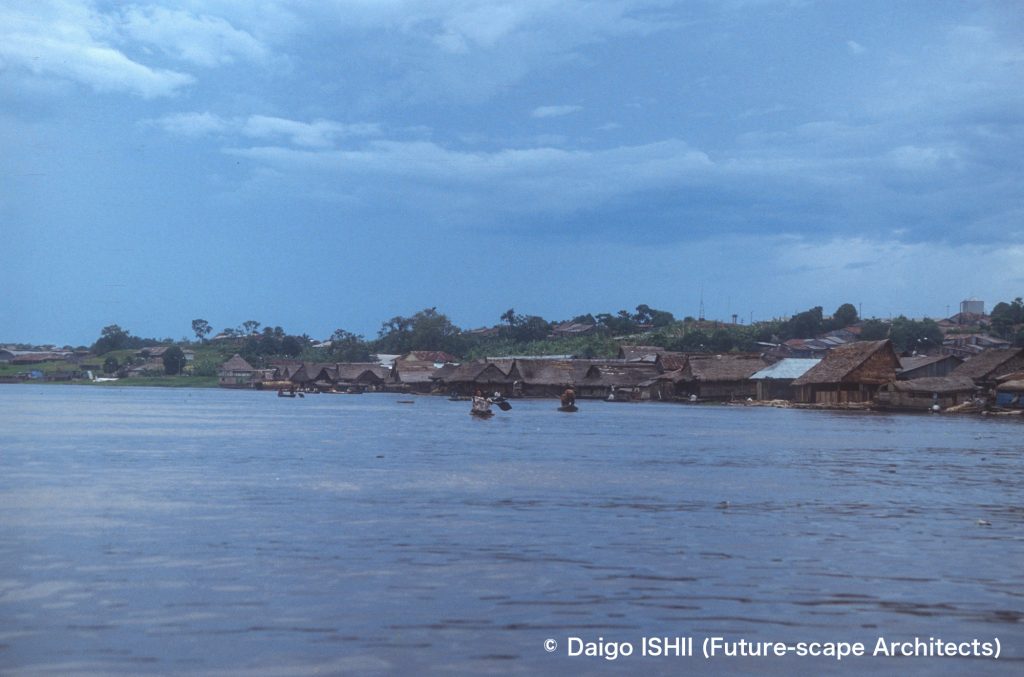
https://goo.gl/maps/7rgSjBQvS4yM9VKj6
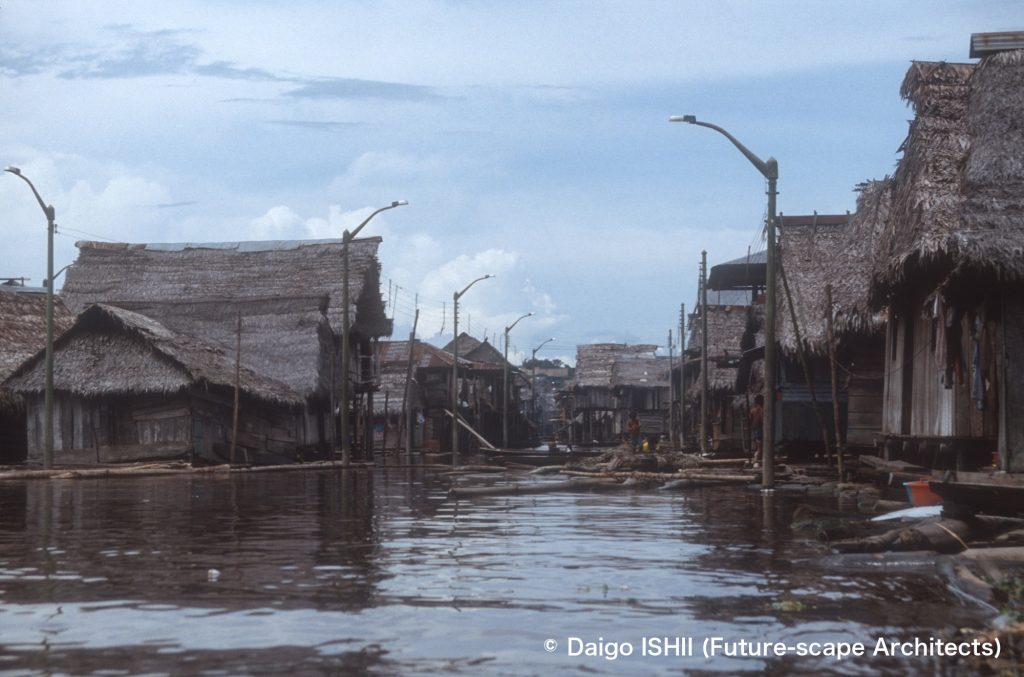
https://goo.gl/maps/7rgSjBQvS4yM9VKj6
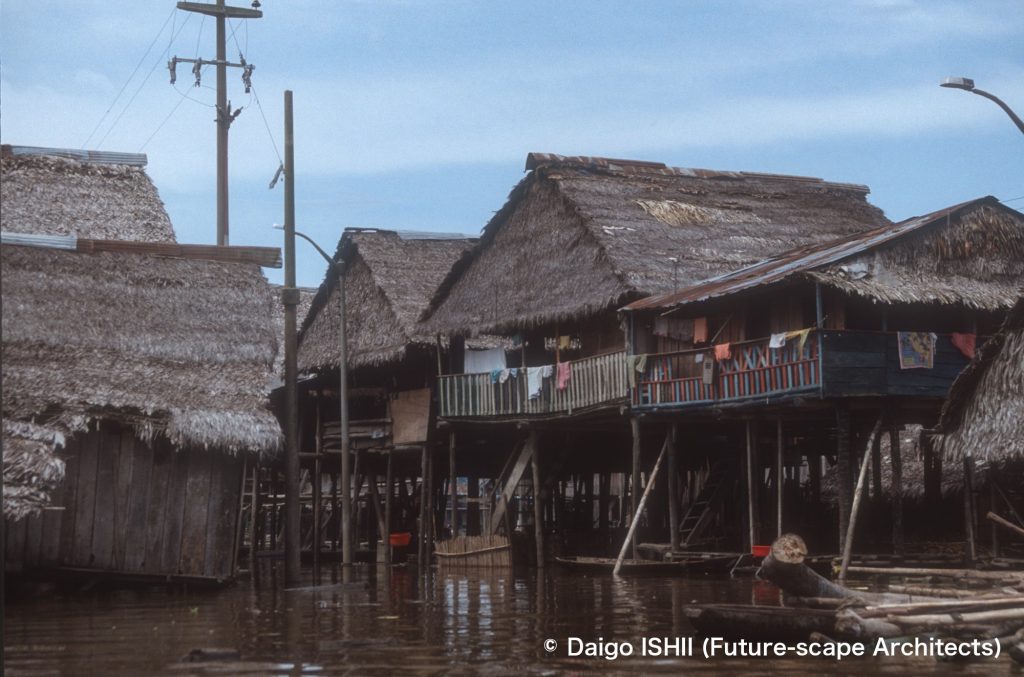
https://goo.gl/maps/7rgSjBQvS4yM9VKj6
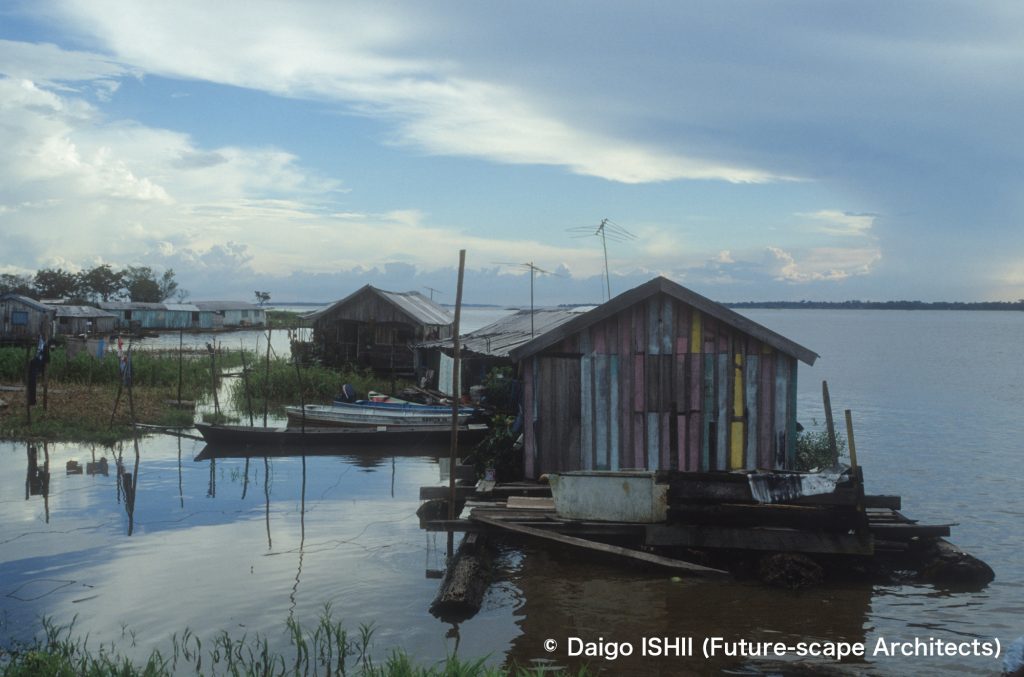
https://goo.gl/maps/HeXUyKy9wx7yendQ8
Click here for your impressions
Manaus
Careiro
Iquitos
reference
Wikipedia
Please do not use or upload our photos without permission.






